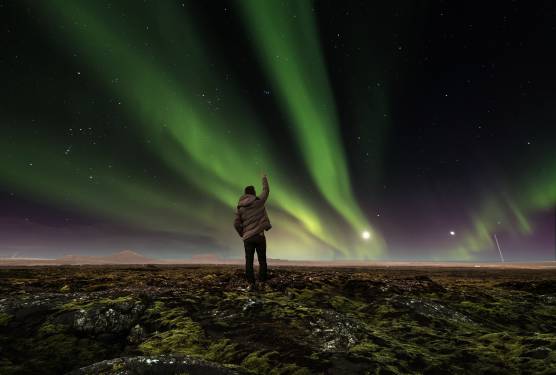
They expand in size as they propagate away from the Sun and larger CMEs can reach a size comprising nearly a quarter of the space between Earth and the Sun by the time it reaches our planet. Slower CMEs can take several days to arrive. The fastest Earth-directed CMEs can reach our planet in as little as 15-18 hours. CMEs travel outward from the Sun at speeds ranging from slower than 250 kilometers per second (km/s) to as fast as near 3000 km/s.

is expected this weekend - at least where cloud-free conditions are forecast. They can eject billions of tons of coronal material and carry an embedded magnetic field (frozen in flux) that is stronger than the background solar wind interplanetary magnetic field (IMF) strength. A rare opportunity to glimpse the Aurora Borealis in parts of the northern U.S.

As for the weather, there will be a mix of clouds, which could limit the viewing of the Northern Lights.īe sure to have the ISCN Weather app installed to check the latest forecast if you plan on viewing the lights.Ĭoronal Mass Ejections (CMEs) are large expulsions of plasma and magnetic field from the Sun’s corona. Make sure to get away from city light pollution, and look low on the horizon. Check the Northern Lights forecast for Michigans Upper Peninsula.

and 8 p.m. and 1 a.m., and will be the most intense between 6 p.m. As an aurora enthusiast, here’s the main things I look for at a glance on this page: The green donut-ring aurora forecast simulation provided by NOAA (I’m in Alaska, USA so that’s our go-to). To see the northern lights in Iowa, you’ll need a good view of the northern horizon. Witness the spectacular phenomenon of the Aurora Borealis, otherwise known as the. According to the National Weather Service Twin Cities, the lights will mostly likely be visible Saturday night between 5 p.m.


 0 kommentar(er)
0 kommentar(er)
